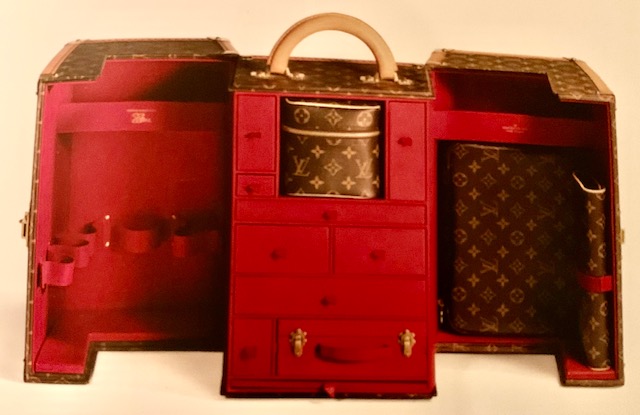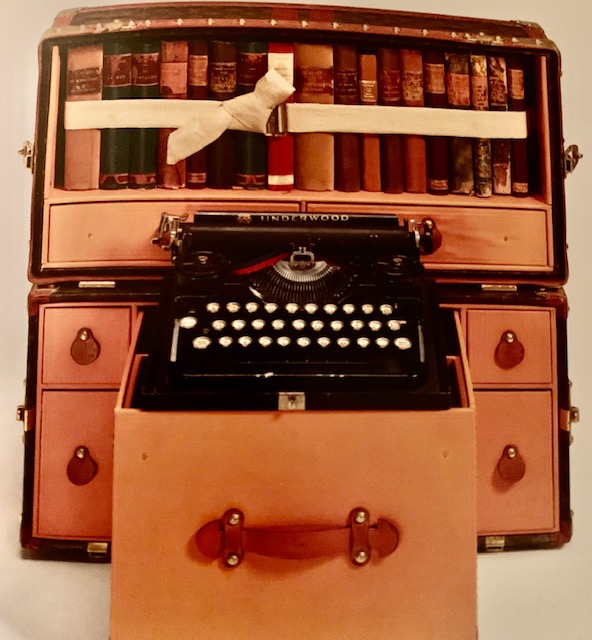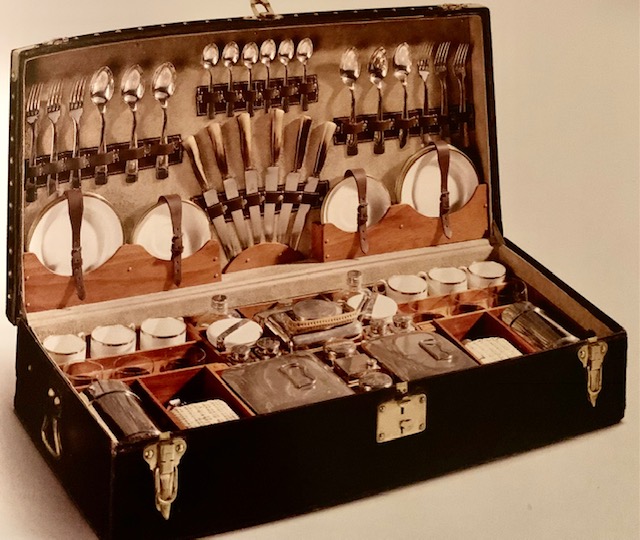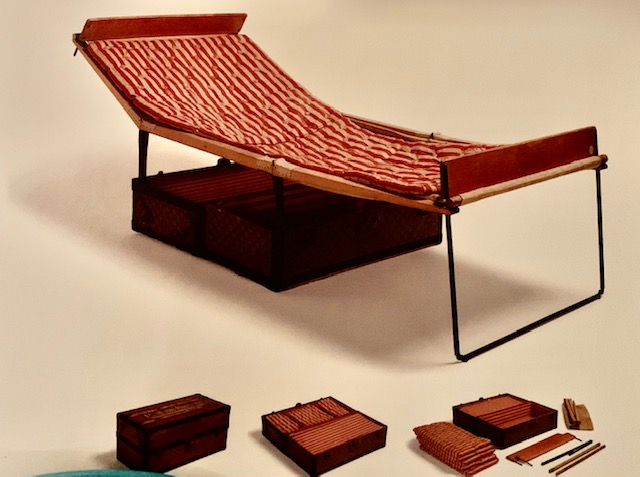L’intramontabile epopea dei bauli: un libro e un catalogo online sui cento e uno bauli di Vuitton
Tra sogni e nomadismo di lusso, i bauli sono feticci da trasmigratore che non passano mai di moda. Seguitemi in questo viaggio nel nomadismo di alta gamma.









Da super viaggiatore quale sei non potevi trascurare il bagaglio. A proposito di bauli, nel mio garage ce ne sono 4 verde scuro e dettagli in ottone. Ormai fatiscenti, ma stracolmi di roba. Hanno viaggiato dagli USA a Napoli, così si usava di ritorno da lunghi anni di permanenza all’estero. La famiglia di mio nonno ha una storia di emigrazione. Non le hai citate, ma le donne possedevano cappelliere. Da qualche parte ne dovrei avere una azzurra sempre di provenienza americana. Un bell’ingombro visto che i cappelli erano a falda larga.
È sempre un gran piacere leggerti!